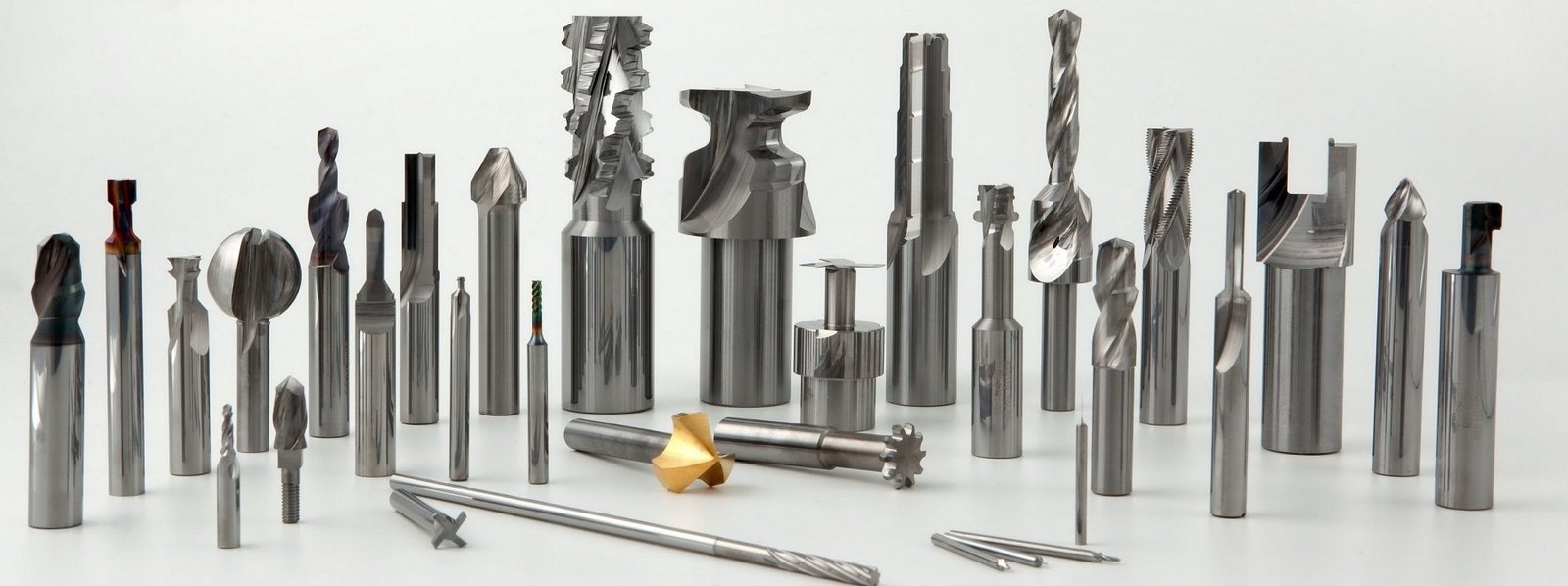The cutting tools and abrasion have existed since ancient times. Metal became a popular material of choice for making cutting tools during the Bronze Age 4,700 years ago.
When carpentry, masonry, locksmith work is done, etc. and in different industrial processes, almost all the pieces at some point of their elaboration undergo some process of change. To be able to carry out this modification, cutting and abrasion tools are needed. These types of tools are capable of transforming different materials by applying a series of forces. In this transformation process, the worked material acquires a different shape, and generally, a waste or “chip” is produced.
Cutting tools
By definition, cutting tools can refer to any object used to remove excess or unwanted material from a workpiece through shear deformation.
The cutting tools have been used in machine shops metal since the end of the nineteenth century. To this day, manufacturers continue to evolve these mechanisms to be more efficient in the industry. What started as tools that were tedious and strenuous to use are now high-tech instruments that can be found in every toolbox and machine shop.
The cutting tools come into contact with the raw material, cutting, removing debris and chips from the material, and helping to create the final part. For a cutting tool to function properly, it must be able to withstand the heat that is generated during the cutting process due to friction and be harder compared to the material being cut.
Cutting tools can be classified as single-point or multipoint cutting tools. The cutting tools of a single point, such as scissors, are used in turning operations, shaped or similar operations. While multi-point cutting tools include accu-cut, milling, drilling, or grinding tools.
Since there are different cutting tools to suit various types of cutting, the tools must have a specific geometry. In this way, they offer clearance angles to prevent the entire cutting tool from coming into contact with the material to be cut, but only the edge making contact with the material.
Types of Cutting Tools
There are different types of cutting tools like Carbon steel tools, precision cutter, and ceramic tools etc., present today, each with different purposes and applications. One of the main differentiating factors between this class of tools is the material with which the cutting tool is made. As we said, the tool must be harder than the material on which it is going to work.
The material chosen for a particular cutting tool depends on the material to be machined, the type of machining, the quantity, and the quality of production.
Thus, depending on the material used, cutting tools are classified into:
Carbon Steel Tools
They are low-cost metal cutting tools used for low-speed machining operation. Steel carbon is a material having good machinability. However, it loses its hardness rapidly at a temperature of approximately 250 ° C. Therefore, it cannot be used in high temperatures.
The tools carbon steel used in twist drills, milling tools, turning tools, and shape. They are used to cut soft materials such as brass, aluminum, magnesium, etc.
High-Speed Steel (HSS) Tools
This is a type of steel with high carbon content and a significant amount of alloying elements, such as tungsten, molybdenum, chromium, etc. This improves the hardenability, hardness, and wear resistance of the cutting tool. It also gives a higher metal removal rate. It loses its hardness at a moderate temperature around 650 ° C. Therefore, a coolant should be used to increase the life of the tool. The tool can be used many times by re-sharpening it.
High-speed steel tools are used in drills, mills, single-point tools, drill bits, etc.
Cemented Carbide and Cermet Tools
The cutting tools of cemented carbide are extremely harsh. They can withstand very high-speed cutting operations. The carbide tool does not lose its hardness up to 1000 ° C.
The cutting tool of cemented carbide is produced by powder metallurgy technique. It is made with tungsten, tantalum, and titanium carbide with cobalt as a binder (when the binder is nickel or molybdenum, then it is called cermet)
Tools that have high cobalt are used for rough cutting, while low cobalt tools are used for finishing operations.
Ceramic Tools
The most common ceramic materials are aluminum oxide and silicon nitride. These tools are made from ceramic material powder, compacted into insert form, and sintered at high temperatures.
The cutting tools of ceramics are chemically inert and have high corrosion resistance. They have a high resistance to compression. They are stable up to a temperature of 1800 ° C. They are ten times faster than HSS. The friction between the face of the tool and the chip is very low and has low thermal conductivity. Generally, no refrigerant is required when using them. They provide an excellent surface finish.
Diamond Tools
Diamond is the hardest known material and it is also expensive. It has a very high thermal conductivity and melting point. The cutting tools diamond offer excellent abrasion resistance, low friction coefficient, and low thermal expansion. They are used in the machining of very hard materials such as carbides, nitrides, glass, etc. Diamond tools provide good surface finish and dimensional accuracy. They are not recommended for machining steel.

